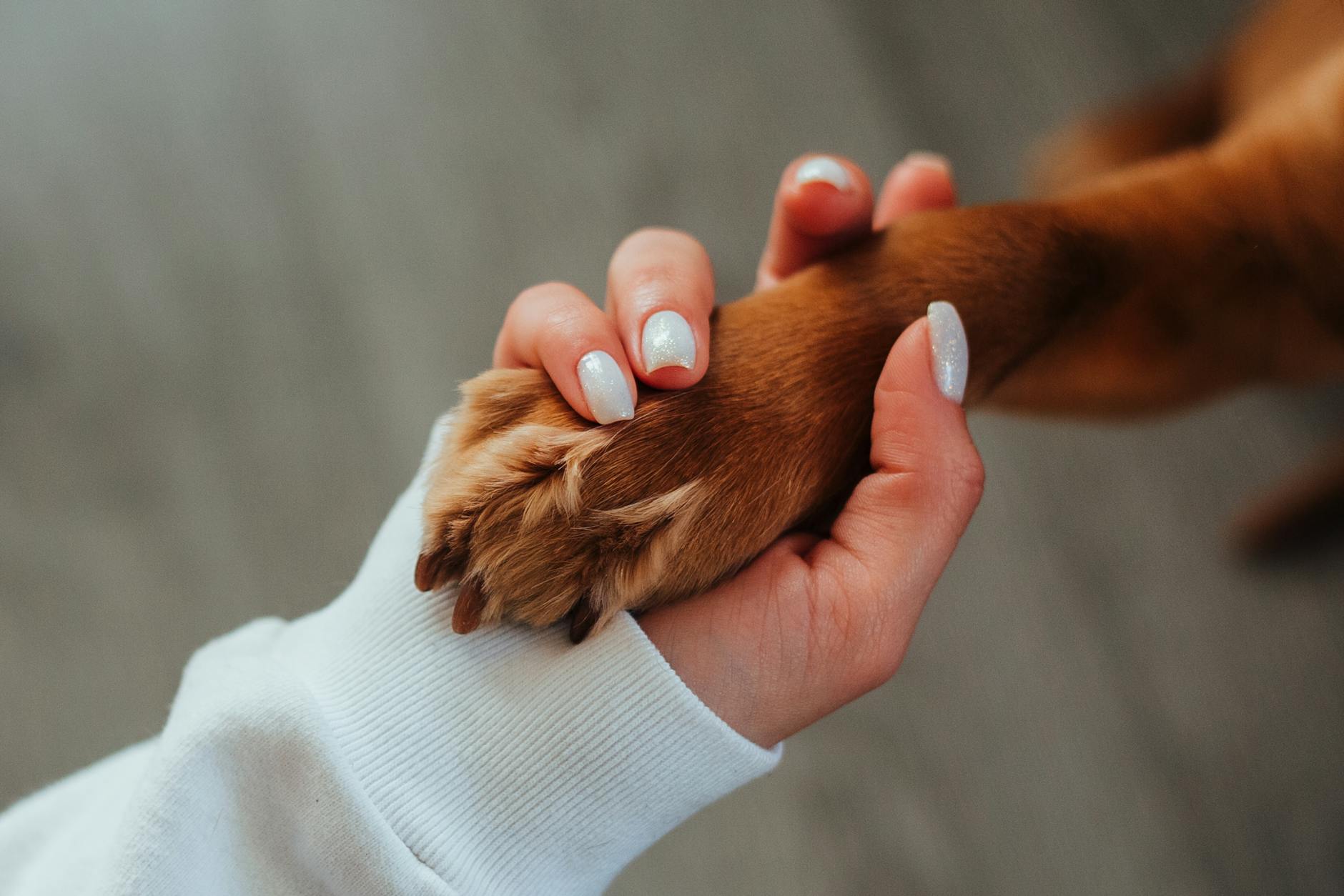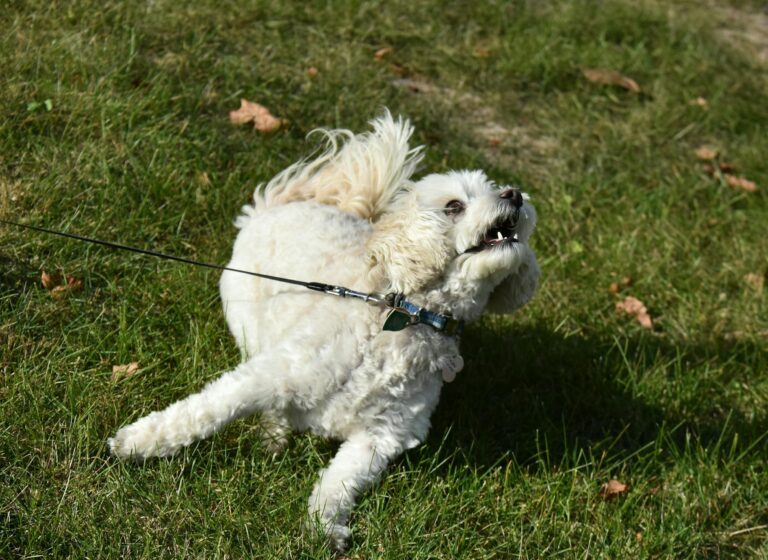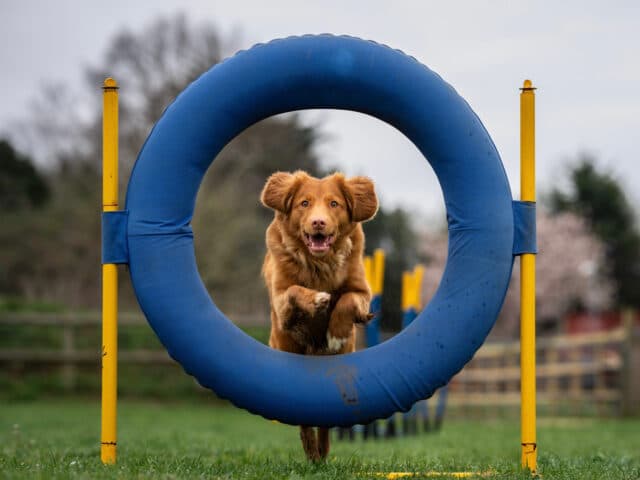Effective Dog Obedience Training Tips
Unlock the secrets to mastering dog obedience training with these 10 expert tips that will transform your pup’s behavior!
Table of Contents
Are you looking for dog obedience training near me? You’ve come to the right place! Dog obedience training is essential for both pet and owner. Let’s dive into what it is and why it’s so important.
What is Dog Obedience Training?
Have you ever wanted your furry friend to behave well at home and in public? That’s where dog obedience training comes in! It’s like teaching your dog good manners so they can be a well-behaved companion.
Why It’s Important
Training your dog has many benefits. It keeps them safe, makes activities more fun, and strengthens the bond between you and your pet. Plus, a well-trained dog is a happy dog!
How to Start
Curious about how to begin dog obedience training? It’s simple! You just need a positive attitude, patience, and a few techniques that we’ll cover here. Let’s get started on this exciting journey!
Choosing a Dog Training School
Finding a Training School
When looking for a dog training school near you, it’s important to do your research. You can start by searching online for “dog training school near me” and reading reviews from other pet owners. Look for schools that have positive feedback and a good reputation for producing well-behaved dogs.
Meeting the Trainers
Before enrolling your furry friend in a training program, it’s crucial to meet with the trainers. This initial meeting allows you to assess if the trainers are a good fit for your dog. Observe how they interact with the animals and ask about their training methods to ensure they align with your goals for your pet.
Class Size and Style
The size of the class and the training style can greatly impact the effectiveness of the lessons. Classes with a smaller number of dogs may provide more individual attention, allowing for better progress. Additionally, consider the training style used by the school. Some dogs respond well to positive reinforcement, while others may require a different approach. Choose a school that aligns with your dog’s learning style.
Basic Commands to Teach
When it comes to training your dog, there are some basic commands that every pet should learn. These commands not only help with obedience but also play a crucial role in your dog’s safety and well-being. Let’s dive into the essential commands that every dog should master.
Sit
Teaching your dog to sit is one of the foundational commands in obedience training. Start by holding a treat close to your dog’s nose, and then slowly move your hand up, causing your dog to follow the treat with their nose and lower their bottom to the ground. Once they are in the sitting position, say the word “sit” and reward them with the treat. Repeat this process multiple times until your dog understands the command.
Stay
The ‘stay’ command is vital for keeping your dog safe in various situations. Start by commanding your dog to sit, then show them your palm in a ‘stop’ gesture and say “stay.” Take a step back while facing your dog and gradually increase the distance as they become more comfortable with the command. Reward them for staying in place and gradually increase the duration of the stay.
Come
The ‘come’ command is crucial for calling your dog back to you, especially in emergency situations. Start by kneeling down, opening your arms, and encouraging your dog to come to you by using a happy and inviting tone. When they reach you, reward them with praise and treats. Practice this command in a safe and enclosed area until your dog responds reliably to the ‘come’ cue.
Addressing Behavior Issues
One of the common behavior problems that many dog owners face is excessive barking. Dogs may bark for various reasons like boredom, excitement, or to alert their owners. To reduce excessive barking, it is essential to understand why your dog is barking and address the underlying cause. Engaging your dog in regular physical exercise and mental stimulation can help prevent boredom barking. Another effective method is teaching your dog the “quiet” command, rewarding them for being quiet, and redirecting their attention to a toy or a treat when they bark unnecessarily. Consistent training and positive reinforcement can help curb excessive barking over time.
Chewing
Dogs have a natural instinct to chew, especially when they are puppies or teething. However, destructive chewing can be a behavior issue that needs to be addressed. Providing your dog with plenty of appropriate chew toys and bones can help redirect their chewing behavior. When you catch your dog chewing on something they shouldn’t, firmly say “no” and give them a suitable alternative to chew on. Consistency is key in training your dog not to chew on your belongings. Additionally, ensuring your dog gets enough physical and mental exercise can reduce their need to chew out of boredom or excess energy.
Jumping
Jumping on people is a behavior problem that many dog owners struggle with, especially when greeting guests. To prevent your dog from jumping, it’s important to teach them an alternative behavior like sitting or staying when someone arrives. When your dog jumps on you or a visitor, ignore them and turn away, removing the attention they seek. Once your dog is calm, reward them for good behavior with treats or praise. Consistency in reinforcing the desired behavior and redirecting jumping can help your dog learn appropriate ways to greet people without jumping.
Training a Puppy
Puppies are adorable, playful, and full of energy. However, just like children, they need guidance and training to grow up to be well-behaved and happy dogs. Here are some special tips for training young puppies and starting them off on the right paw.
When to Start
It’s never too early to start training your puppy! The best time to begin is as soon as you bring your new furry friend home. Puppies are like little sponges, absorbing everything around them, so starting early will help them learn faster and build good habits.
Potty Training
One of the first things you’ll want to teach your puppy is where to go potty. Potty training can be a bit challenging, but with consistency and patience, your puppy will catch on. Take your puppy outside frequently, especially after eating, playing, and napping. Praise them when they go potty outside to reinforce this good behavior.
Socialization
Socializing your puppy is crucial for their development. Introduce your puppy to different people, dogs, and environments early on to help them feel comfortable and confident in new situations. This will prevent fear and aggression later in life and make your puppy a well-adjusted adult dog.
Tools and Tips for Training Success
Training your furry friend can be an exciting and rewarding experience, but it’s essential to have the right tools and tips to ensure success. Here are some key strategies to make your dog obedience training near me journey a smooth one:
Reward-Based Training
One of the most effective ways to train your dog is through reward-based training. By using treats and praise to reinforce good behavior, you can motivate your furry companion to listen and obey commands. Remember, positive reinforcement goes a long way in shaping your dog’s behavior!
Training Classes and Workshops
While starting with the basics at home is important, consider enrolling in additional training classes and workshops. These opportunities not only provide structured learning environments but also expose your dog to different situations and distractions, helping them generalize their training to real-life scenarios.
Consistency and Patience
Consistency and patience are key when it comes to dog obedience training. Dogs thrive on routine, so it’s crucial to establish consistent training times and methods. Additionally, be patient with your furry friend as they learn new commands and behaviors. Rome wasn’t built in a day, and neither is a perfectly trained pup!
Conclusion
Recap
In this article, we’ve covered the importance of dog obedience training and how it can benefit both you and your furry friend. We discussed what dog obedience training is, why it’s important, how to find a good training school, basic commands to teach your dog, how to address behavior issues, training puppies, and tools for training success.
Encouragement
Find A Certified Trainer In Your Area
Now that you have all the information you need, it’s time to take the first step in training your dog. Look for a ‘dog obedience training near me’ and start the journey to a well-behaved and happy pup. Remember, consistency and patience are key, and with the right training, you and your dog can build a strong bond based on trust and respect. Happy training!





